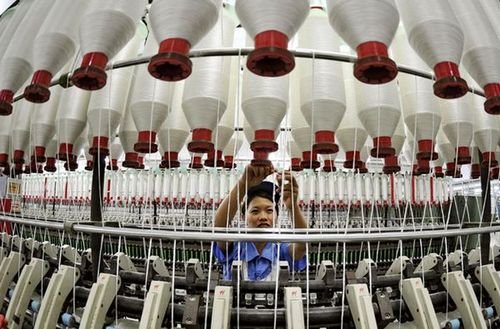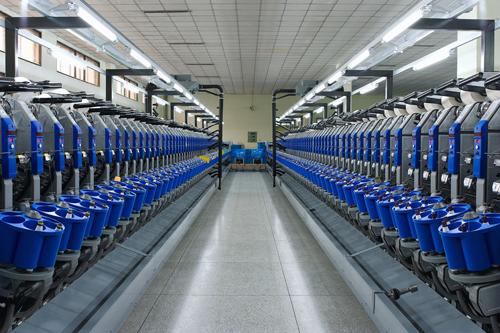Recently, the Research Center of Chinese Industry and Enterprise Competitiveness of Chinese Academy of Social Sciences released the Blue Book of Industry: Report on China's Industrial Competitiveness (2020) No.9 (hereinafter referred to as the Report). According to the analysis of the report, the competitiveness of China's textile and garment industry has the following characteristics: first, from the static point of view, clothing products and textiles still have strong competitiveness, which is more prominent from the perspective of export; Second, from the perspective of development trend, the rising trend of textile international competitiveness is also obviously sluggish; Third, developing countries such as Vietnam, India and Cambodia have become strong competitors of China.

In this regard, the report, with the help of a number of cases, proposes Suggestions on the cultivation of new competitive advantages in China's textile and apparel manufacturing industry.
First of all, with the help of technological innovation and product innovation to foster new competitive advantages. The main approaches include technology upgrading, product innovation and green manufacturing to reduce environmental costs. Chinese textile and garment enterprises pay more and more attention to technological innovation and product innovation. If Chinese textile and garment manufacturers can make good use of this transformation stage to cultivate technological innovation and upgrading ability, they are likely to regain greater competitive advantages. That is because the low-cost advantage of Labour in emerging developing countries is also declining. To China textile and clothing industry's biggest rival Vietnam, for example, the rapidly rising costs, such as Labour and land rent as countries invest heavily in Vietnam, in 2019 Vietnam wages is about 50% higher than in 2014, the first area of the minimum wage is about 1237 yuan a month, many businesses are expected to with China about 7 years wages were little changed. Vietnam's land rent in 2019 also increased by about three times compared with 2015, and the price of land rent in haiphong's industrial parks is no longer different from that of industrial parks in China's first-tier cities.
Secondly, with the help of intelligent effectively reduce the impact of rising labor costs. In order to reduce the impact of rising labor costs on the competitiveness of enterprises, many textile and garment enterprises began to use intelligent manufacturing in part of the manufacturing process to reduce the use of unskilled labor, which not only saved labor costs, but also effectively improved production efficiency and product quality stability. ShengHong group independent research and development, for example, the "chemical fiber production of intelligent logistics system, the system through the Internet of things, all the production order issued directly by the control rooms to workshop, intelligent production workshop machinery and equipment production will start immediately after receipt of order, by machine substitution, import, Internet of things technology, ShengHong average annual cost savings of 15 million yuan, a production line can save labor 127, employment rate decreased by 34%, reduce the failure rate 55.9%, the yield increase 29.8%, capacity increase of 33%.

Giving full play to the advantages of safety and industrial chain integrity is conducive to enhancing competitiveness. In the context of the COVID-19 epidemic, China's textile and garment industry is likely to gain new competitiveness. The first is security. After quickly controlling the epidemic, China has promoted epidemic prevention and control as well as economic and social development, lost no time in resuming work and production, and introduced a series of policies and measures to ensure production. In contrast, China is more secure and sustainable in the face of global emergencies. The second is the integrity of the industrial chain. In the flow under the background of globalization, the industrial chain is complete or not the impact on the competitiveness is not large, as long as there is comparative advantage in the link can gain a competitive edge, but once the globalization, the impact of public health emergencies, for example, lead to distribution in other affected countries of the industrial chain link the stagnation of production, industrial chain is complete or not is very important. Having a complete industrial chain can ensure the normal operation of the industry production. China's textile and garment industry chain is the most complete in the world. From the production of cotton, linen, silk, wool and chemical fibers in the upper reaches, to the textile and manufacturing of accessories and fabrics in the middle reaches, and then to the garment manufacturing in the lower reaches, almost all links are involved and relatively mature in China.

